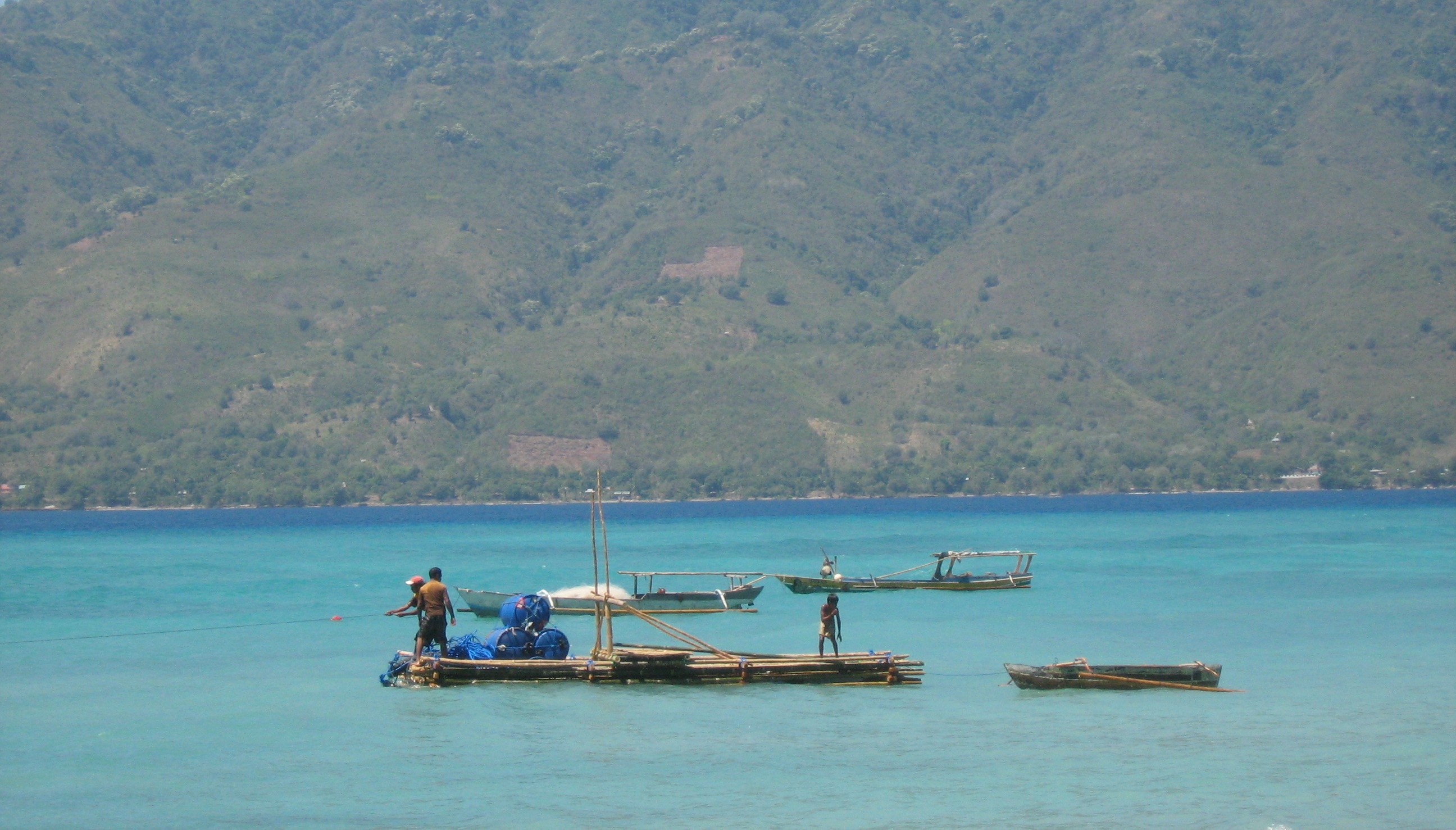TILAPIA FARMING WITH MORE RESPONSIBLE FLOATING NET CAGE AND POND SYSTEMS
By: Erika Anggraini (WWF-Indonesia's Fisheries Online Media Administrator)
Tilapia is known as a freshwater consumption fish by Indonesians. Tilapia originated from Africa and was imported from Taiwan to Indonesia in 1969 as material to be developed at the Inland Fisheries Research Center (BPPBAT Bogor). This type of fish is quite easy to cultivate and has long been kept by the community traditionally for family consumption. Because tilapia is so popular, it is widely cultivated by the community. Aside from being a hobby and business, tilapia is widely favored because it tastes good and has nutrients that are very beneficial for growth and health, and can even improve intelligence. Nowadays, tilapia has become one of the trade commodities with growing cultivation methods. Some parties involved in tilapia farming activities have developed fish farming standards to make the management more responsible and get optimal yields.
Realizing the importance of tilapia aquaculture in a more responsible and environmentally sound manner, WWF-Indonesia in 2011 has published the guidelines of Better Management Practices (BMP) Tilapia Aquaculture with Floating Net Cage System. Along with the development of aquaculture technology, this year WWF-Indonesia took the initiative to review and improve the Tilapia Aquaculture BMP to suit the current fisheries conditions. The preparation of this BMP refers to various technical guidelines on tilapia farming methods that have been carried out in Indonesia, such as the Good Fish Cultivation Practices (CBIB) and combined with international standards in responsible tilapia farming, namely the Aquaculture Stewardship Council (ASC) standards.
On Thursday, March 17, WWF-Indonesia held a discussion forum with several resource persons located at Santika Hotel Bogor with the intention to get good input for the improvement of Tilapia BMP. WWF-Indonesia invited experts related to tilapia farming, including Effi Athfiyani Thaib from STP (Sekolah Tinggi Perikanan) Jakarta, Muhammad Yusuf as a Sukabumi tilapia farmer, Muh. Husen from the West Java Forum for Quality Awareness and Fish Quarantine (FORMIKKAN), Awet Abdi from P2MKP DeJee Fish, Anytha Purwareyni Umbas from the Directorate General of Aquaculture, Rudhy Gustiano from the Bogor Freshwater Aquaculture Research and Development Center, Dian Hardiantho from the Sukabumi Freshwater Aquaculture Center (BBPBAT), Hermanto from KJA Farmers and Maheno Sri Wiwoho (Fisheries Lecturer at Brawijaya University).
In the discussion forum, it was discussed about tilapia cultivation with floating net cage and pond systems. Some of the subjects concerned with tilapia cultivation, such as pond and floating net cage (KJA) systems, formation of cultivation groups, business legality, site selection, cultivation infrastructure, preparation and stocking of seeds, pest and disease control, harvesting, social aspects of cultivation, environmental maintenance, cultivation activities and business analysis of tilapia cultivation.
To cultivate tilapia well, according to the speakers, a well-directed development pattern is needed. The development pattern includes the topics mentioned above. This is aimed at reducing negative impacts in order to achieve optimal harvest production targets. In general, tilapia farmers should follow the steps contained in this BMP. In the future, the Tilapia BMP is expected to be a guide for farmers to cultivate tilapia responsibly, both for cultivation in floating net cages and ponds.





